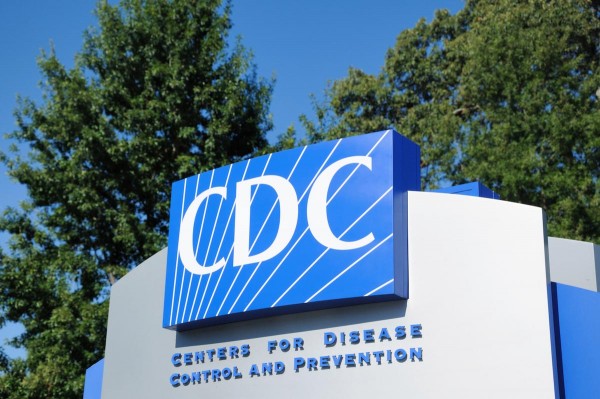 Parler
Parler Gab
Gab
If mercury is verified to be destructive to humans, why is it still allowed in "medicine?"
Developed back in the 1930s as a vaccine preservative, thimerosal contains about 50 percent mercury by weight and produces what is known as ethylmercury as a metabolite. Ethylmercury is then changed to inorganic mercury once inside the body, where it then proceeds to accumulate primarily in the brain and kidneys. The Environmental Protection Agency (EPA) admits that mercury is extremely toxic. Exposure to it can harm the brain, heart, kidneys, lungs and immune system. And yet, U.S. health agencies like the CDC and the Food and Drug Administration (FDA) continue to allow its use in some vaccines. "When it comes to different forms of mercury, organic mercury is more toxic than inorganic mercury – which is mercury combined with other elements," notes Megan Redshaw, writing for The Epoch Times. According to Hooker, who also holds a doctorate in biochemical engineering, mercury in all its forms is "a potent neurotoxin and will destroy neurons (via demyelination) on contact." Methylmercury, which primarily exists in contaminated fish and in mercury vapors, is considered to be one of the most toxic non-radioactive substances known to man. And studies show that ethylmercury is basically just as toxic, despite claims by the establishment to the contrary. "Methylmercury and ethylmercury are the most prevalent forms of exposure for fetuses, newborns, young children and pregnant and breastfeeding mothers," Redshaw further warns. Before thimerosal was removed from most vaccines on the CDC schedule, it used to be included in more than 30 different FDA-approved injections. When that was the case, the average child who received the injection schedule also took in at least 200 mcg of ethylmercury during his first six months of life – ouch! The CDC falsely claims that the "body eliminates thimerosal easily" and that it "does not stay in the body for a long time." The federal agency also insists that thimerosal has a record of being "very safe," even though more than 75 years' worth of scientific research and independent studies show the opposite to be true. "Mercury is the second most toxic naturally occurring element on the planet," Hooker says. "It is preposterous to include it as an additive in any vaccine." There is never a good reason to get shot for the flu – or for any other disease, for that matter. Learn more at ChemicalViolence.com. Sources for this article include: TheEpochTimes.com NaturalNews.comJewish Zelensky scams Trudeau to honor Nazi war veteran as “Ukrainian and Canadian hero”
By Belle Carter // Share
British BLM activist pleads GUILTY to fraud over MISSING DONATIONS
By Ramon Tomey // Share
Governments continue to obscure COVID-19 vaccine data amid rising concerns over excess deaths
By patricklewis // Share
Tech giant Microsoft backs EXTINCTION with its support of carbon capture programs
By ramontomeydw // Share
Germany to resume arms exports to Israel despite repeated ceasefire violations
By isabelle // Share










